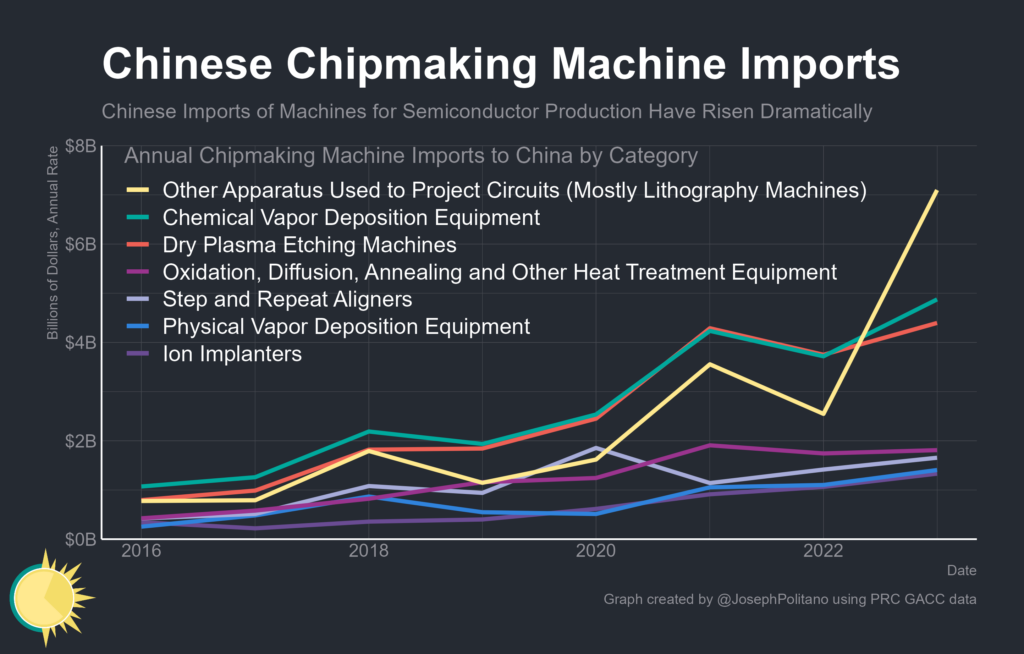The Biden administration is set to reinstate Trump-era tariffs on graphics cards, motherboards, and desktop PC cases assembled in China. This policy’s restoration seeks to address ongoing trade issues with China but is likely to impact consumer prices and the technology industry at large.
What’s Happening & Why This Matters
The US Trade Representative (USTR) has recommended maintaining the 25% tariffs on certain Chinese-manufactured goods, including graphics cards and motherboards. This recommendation comes after a year of delays and industry consultations. The Biden administration appears committed to continuing these tariffs despite significant lobbying from trade associations. The tariffs specifically cover products listed under the codes 8473.30.1180 and 8473.30.5100, impacting graphics cards, motherboards, and desktop PC cases. Additional components such as trackpad units and high-output power supply units also fall under these tariffs.
Major tech companies, including Nvidia, HP, and Zotac previously urged the USTR to exclude their products from these tariffs. They argue that alternatives to manufacturing in China are limited, especially in the wake of COVID-19, which has hampered efforts to establish new production capacities in other countries like the US and Vietnam. The tariffs are likely to result in higher prices for consumers. The Consumer Technology Association (CTA) has warned that maintaining these tariffs could lead to increased costs for electronics. Ed Brzytwa, CTA VP of International Affairs, noted that this move signals a continuation of protectionist policies, which might not favor consumers.
Impact
The tariffs aim to penalize China for alleged unfair trade practices and intellectual property theft. This policy reflects a broader trend of heightened US-China trade tensions, with both major US political parties seeking to appear tough on China. The reinstatement of these tariffs highlights the Biden administration’s willingness to adopt protectionist measures. This stance suggests a competitive political landscape where both Democrats and Republicans vie to demonstrate their resolve against perceived economic threats from China.

Reaction
The technology industry has expressed significant concern over the tariffs. Nvidia, for instance, highlighted the challenges in shifting production away from China, citing the substantial presence of the upstream supply chain in the region. Zotac echoed these sentiments, emphasizing China’s role as a key manufacturing hub for video graphics cards and personal computers. Despite industry pushback, the administration seems firm in its approach. A USTR spokesperson confirmed that the tariffs on the specified products will be maintained, indicating a continued focus on addressing trade imbalances and protecting domestic industries.
TF Summary: What’s Next
The reinstatement of tariffs on Chinese-manufactured electronics signals a robust stance by the Biden administration on trade policy. This decision is expected to impact consumer prices and the tech industry, which relies heavily on Chinese manufacturing. The industry needs to navigate these obstacles, potentially seeking alternative manufacturing solutions or passing costs onto consumers. The broader implications for US-China relations and global trade dynamics will unfold as these policies take effect.


